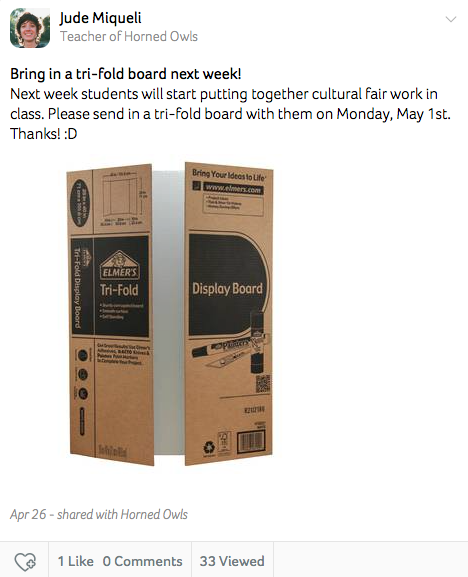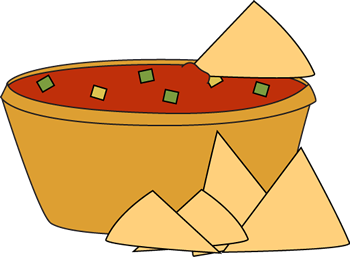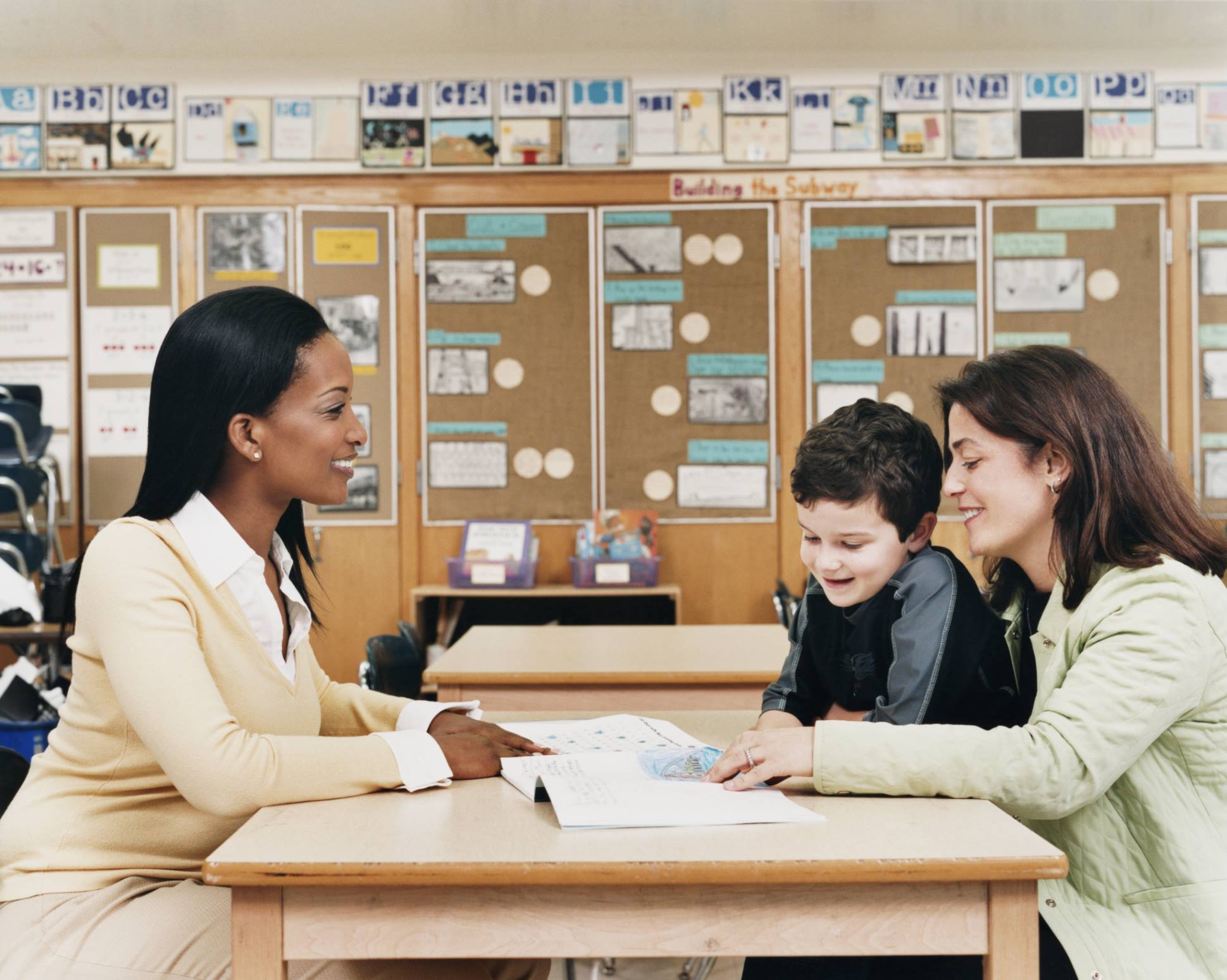Clarify Communication to ELL Families with Images
by Jude Miqueli, on Jul 17, 2017 3:43:36 AM
A key element to teaching is revealed in the book Yellow Woman and a Beauty of the Spirit, by Leslie Marmon Silko. The benefit of combining text with visuals is the creation of a well-rounded relationship in language. The tension between words and images goes back thousands of years. In connecting this relationship to the parent teacher communication we engage in on Bloomz I consider ELL families. Utilizing the translation feature is effective when communicating with parents but adding images to your posts will further understanding.

If I were to have just posted the text there still may have been some confusion. A “tri-fold board” might not be how this product is described in another culture. Additionally, this is a first grade student who probably has never had to complete this type of assignment before. The parents may have never heard of a tri-fold board. Communicating solely with text is insufficient for English language learners. Adding this visual strengthened the meaning of my post.
As parents scroll through the newsfeed a picture will catch their eye and motivate them to read your post. “In the creation of the text itself, I see no reason to separate visual images from written words that are visual images themselves”(Silko 195). There are tons of royalty free clip art websites to choose from. My Cute Graphics is set up by themes such as animals, foods, celebrations, months, nature etc. For example, if you are messaging with an ELL parent about bringing snacks you can add pictures to your message.


If you want to remind parents to bring mittens on cold days or a sack lunch for a field trip add an image to go along with your requests.


Family involvement in education plays a fundamental part in the success of the student. The nature of Bloomz App is that it adds to comprehensible communication between teachers and ELL families because it provides a translation feature and a means to broadcast visual aides such as photos and videos. Teachers should add images to all communication with ELL families to further clarify the information exchange.
After finishing Yellow Woman and a Beauty of the Spirit, I realized I did not pay close attention to the illustrations that went along with the text. I thought it was nice that they were there but I overlooked the images rather than examining them. This is because of the culture and social construction of knowledge that I was educated in which did not embrace the accompaniment of images to text. Silko references the old fear of “idolatry” that kept images and text apart. There was a fear that people would worship a picture and not understand the meaning attached to it. This notion might be familiar to elementary school teachers. Have you ever heard parents fear that their child is not reading but merely looking at pictures in books? Maybe you’ve heard teachers tell students that they can’t draw a picture before they write. They must write and then maybe if there is time they can draw a picture. This is not encouraging the use of images to increase literacy skills. When learning language visuals are necessary to enhance comprehension. I went back and looked at all the drawings in Silko’s book to find out that they were quite thought-provoking and beautiful giving me a deeper perspective of the stories attached.
Let us know your thoughts in the comments section below.

